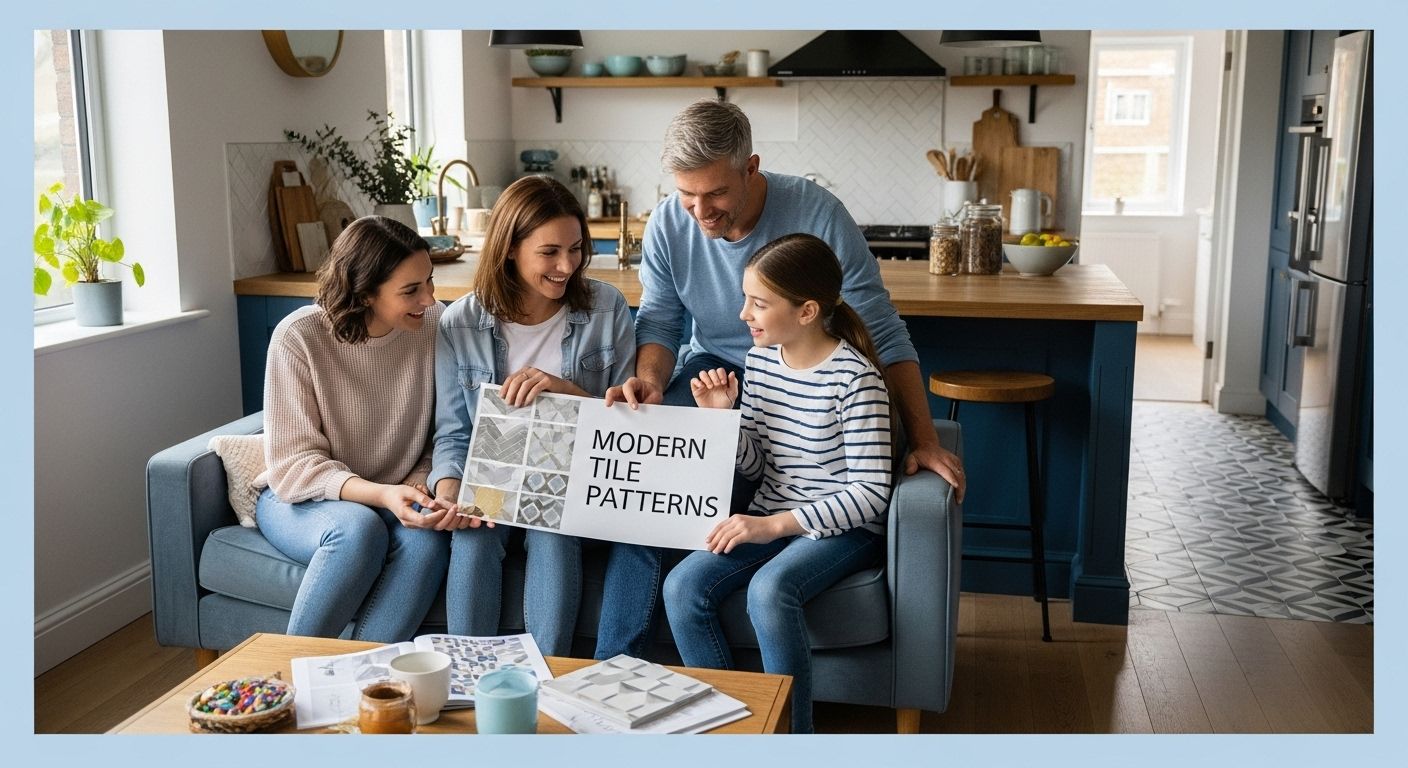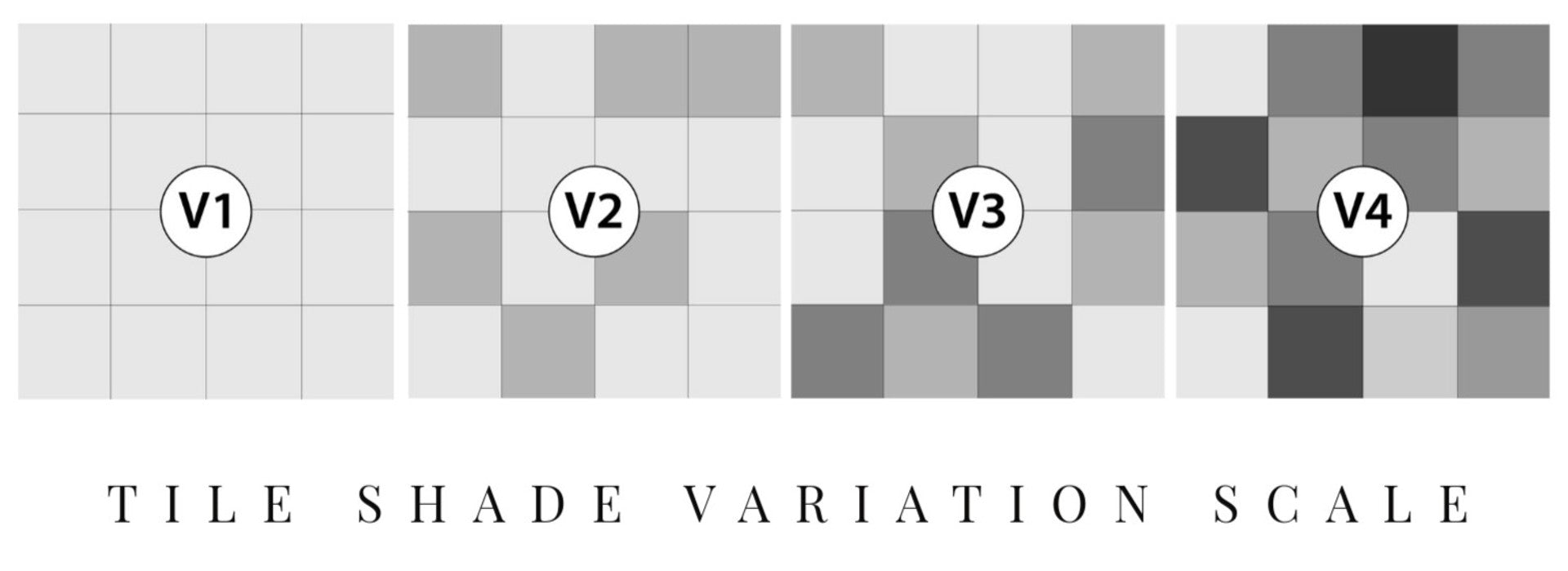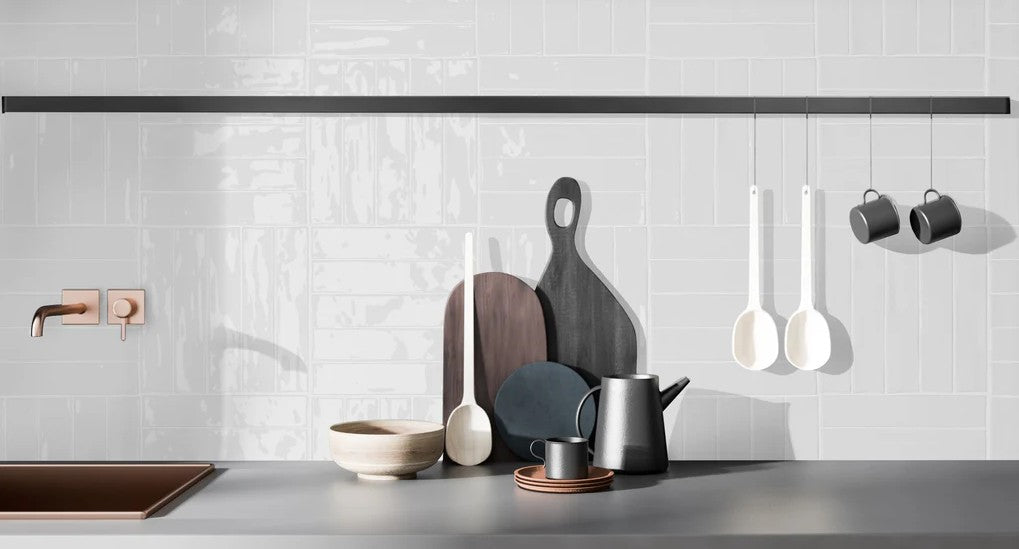Modern tile patterns are completely changing the way designers and homeowners approach every room. Tiles are no longer just a backdrop, they have become statement pieces with bold geometric layouts, and over 60 percent of newly renovated kitchens now use herringbone or chevron designs for added visual impact. Most people think you need a huge space or a big budget to pull off these looks. Turns out, the right pattern can actually make a small room look bigger and add style for far less than you might guess.
Table of Contents
- Top Modern Tile Patterns For Homes
- How To Choose The Right Tile Pattern
- Modern Tile Layouts For Different Rooms
- Expert Tips For Installing Tile Patterns
Quick Summary
| Takeaway | Explanation |
|---|---|
| Embrace geometric tile patterns | Geometric patterns like herringbone and chevron create visual interest and spatial dynamics. |
| Consider room dimensions when choosing patterns | Larger rooms can handle bold designs, while smaller spaces benefit from lighter patterns to enhance openness. |
| Balance aesthetics with practical function | Ensure tile patterns are not only stylish but also suitable for the space’s use, such as durability in high-traffic areas. |
| Professional installation is crucial | Complex designs require skilled installers to ensure precision and avoid potential issues, ensuring longevity. |
| Use contrasting grout for impact | Mixing grout colors with tiles can enhance design complexity and make patterns pop, adding sophistication to the overall look. |
Top Modern Tile Patterns for Homes
Modern tile patterns transform living spaces from ordinary to extraordinary. Homeowners and designers now have unprecedented creative freedom to reimagine surfaces through innovative geometric arrangements and striking visual compositions. These contemporary designs go far beyond traditional grid layouts, offering sophisticated ways to inject personality and visual interest into kitchens, bathrooms, living areas, and beyond.
Here is a summary table highlighting the characteristics, advantages, and recommended uses of popular modern tile patterns mentioned in the article. This comparison helps readers select the right pattern for their space based on function and visual effect.
| Tile Pattern | Key Characteristics | Advantages | Recommended Use |
|---|---|---|---|
| Herringbone | Angular, geometric, dynamic | Creates visual movement; enlarges small spaces | Kitchens, bathrooms |
| Chevron | V-shaped, continuous zigzag | Dramatic visual impact; adds sophistication | Kitchen backsplashes, walls |
| Stacked (Vertical/Horizontal) | Parallel alignment, clean lines | Minimalist, modern; feels orderly | Living areas, kitchens |
| Mosaic | Small tiles, intricate designs | Adds texture and artistic flair | Kitchen/bathroom accents |
| Diagonal | Tiles arranged at an angle | Expands space visually; energizes design | Hallways, small bathrooms |
| Large-format | Oversized tiles, minimal grout | Seamless look; makes spaces feel bigger | Bathrooms, kitchens |
Geometric Precision and Dynamic Layouts
Geometric tile patterns represent the pinnacle of modern design innovation. Herringbone and chevron arrangements have emerged as standout favorites, creating dynamic visual movement that draws the eye across surfaces. These angular patterns work beautifully with both rectangular and square tiles, allowing for remarkable versatility. When installed vertically or horizontally, herringbone patterns can dramatically alter a room’s perceived dimensions, making smaller spaces feel more expansive and larger areas seem more structured.
Stacked tile layouts offer another contemporary approach, featuring tiles aligned perfectly parallel to each other. This minimalist configuration provides a clean, orderly aesthetic that resonates with modern design principles. Rectangular tiles positioned in vertical or horizontal stacks create crisp lines that feel simultaneously sophisticated and understated. Designers particularly appreciate how these patterns complement contemporary tile design techniques that emphasize geometric precision.
Unexpected Color and Texture Combinations
Today’s modern tile patterns are not just about shape but also about unexpected material and color interactions. Designers are mixing different tile sizes, incorporating contrasting grout colors, and playing with visual texture to create truly unique surfaces. Imagine a bathroom featuring large-format marble-look porcelain tiles arranged in a bold diagonal pattern, with charcoal grout creating dramatic definition between each tile. Or consider a kitchen backsplash where glossy ceramic tiles in complementary neutral tones are arranged in a complex interlocking pattern that adds depth and sophistication.
The key to successful modern tile patterns lies in thoughtful balance. While these designs can be bold and eye-catching, they should harmonize with the overall room aesthetic. Professionals recommend selecting patterns that enhance architectural features and complement existing design elements. Whether you prefer subtle geometric arrangements or more dramatic visual statements, modern tile patterns offer endless possibilities for personal expression and creative interior design.
Implementing these contemporary tile patterns requires careful planning and consideration. Professional installation becomes crucial, especially with complex geometric layouts that demand precision and skill. Homeowners should work closely with experienced tile professionals who understand how to execute these intricate designs flawlessly, ensuring both visual impact and long-term durability.
How to Choose the Right Tile Pattern
Selecting the perfect tile pattern requires strategic consideration of multiple design elements and practical factors. Homeowners and designers must balance aesthetic preferences with functional requirements, understanding how different patterns can dramatically transform a space’s visual dynamics and perceived dimensions.
Assessing Room Characteristics and Spatial Dimensions
Room size and architectural features play a critical role in pattern selection. Smaller spaces benefit from lighter, more open patterns that create visual expansion, while larger rooms can accommodate bolder, more complex geometric designs. Diagonal layouts, for instance, can make narrow rooms appear wider, creating an optical illusion of increased space. Rectangular tiles installed in a staggered brick pattern can help elongate narrow hallways or compact bathrooms.
Consider the room’s existing architectural elements when choosing a tile pattern. Modern tile arrangements should complement rather than compete with structural features like windows, built-in cabinetry, or distinctive architectural details. Explore elegant tile design techniques that harmonize with your space’s unique characteristics, ensuring a cohesive and intentional design approach.
Material and Color Considerations
Tile material substantially influences pattern selection and overall design impact. Porcelain, ceramic, natural stone, and glass tiles each respond differently to various patterns. Large-format porcelain tiles work exceptionally well with minimal grout lines and clean stacked layouts, creating a sleek contemporary look. Natural stone tiles might benefit from more organic, less geometric arrangements that highlight their inherent texture and variations.
Color interaction becomes equally crucial when selecting tile patterns. Neutral color palettes allow for more experimental geometric layouts, while bold or vibrant tiles might require more restrained pattern approaches. Monochromatic schemes can create depth through subtle variations in tone and texture, whereas contrasting colors can make geometric patterns truly pop. Professionals recommend creating sample layouts or using digital visualization tools to preview how different patterns and color combinations will interact in your specific space.
Professional Installation and Technical Considerations
Beyond aesthetic choices, technical considerations are paramount when selecting tile patterns. Complex geometric layouts demand precision installation techniques and skilled craftsmanship. Professionals recommend working with experienced tile installers who understand how different patterns impact material cutting, grout application, and overall surface integrity.
Consider practical factors like maintenance, durability, and room function. High-traffic areas require more robust tile selections and patterns that can withstand regular wear. Bathroom and kitchen installations need patterns that facilitate easy cleaning and resist moisture. Grout line width, tile size, and installation method all contribute to the pattern’s long-term performance and visual appeal.
Ultimately, choosing the right tile pattern is a nuanced process that combines personal style, spatial considerations, and practical requirements. Take time to explore various options, consult design professionals, and create sample layouts. The perfect tile pattern should not only look beautiful but also enhance the functionality and aesthetic harmony of your living space.
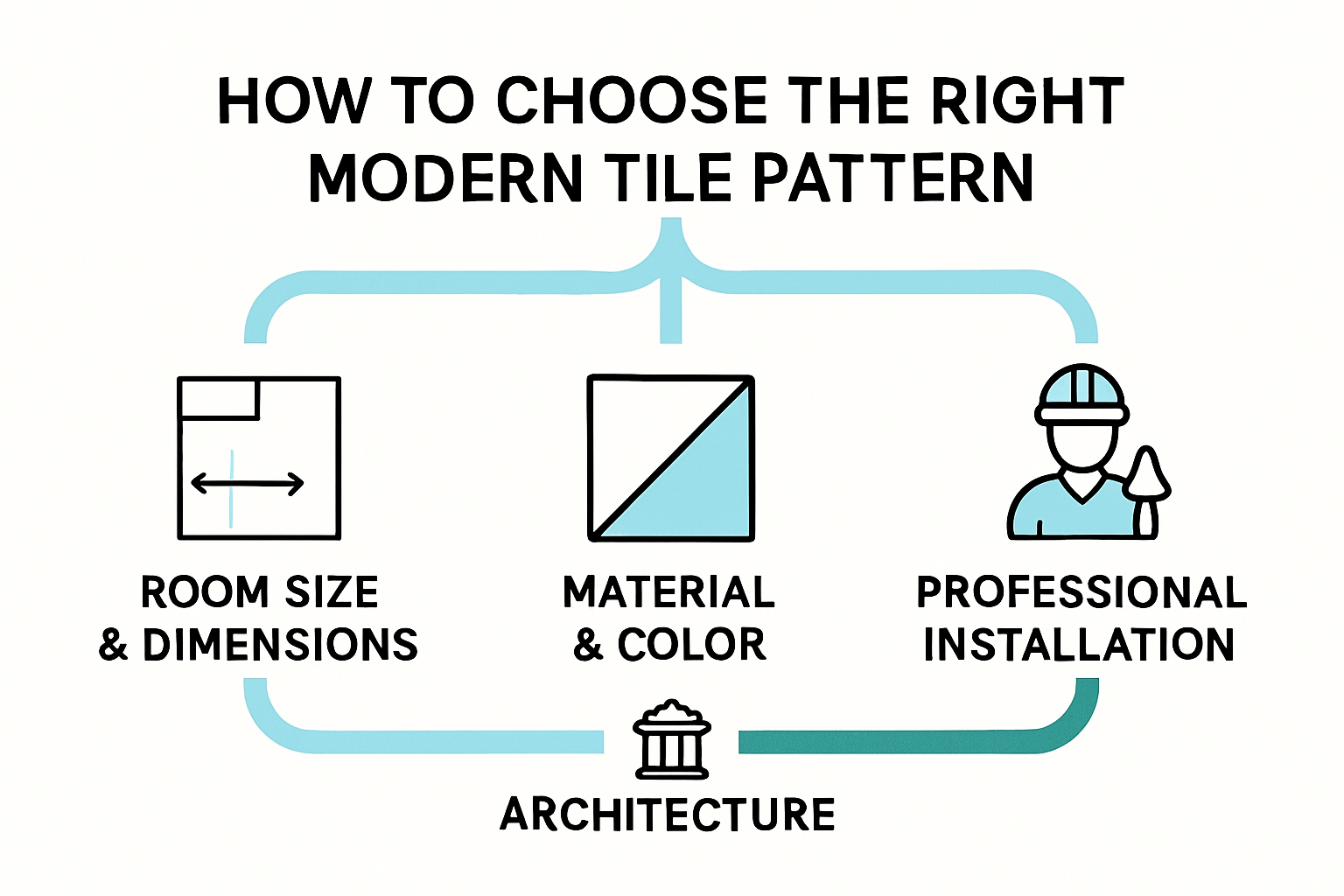
Modern Tile Layouts for Different Rooms
Modern tile layouts transform rooms from functional spaces into personalized design statements. Each area of the home presents unique opportunities to leverage tile patterns that enhance both aesthetic appeal and practical functionality. Understanding how to strategically apply different tile configurations can dramatically elevate interior design across various living spaces.
Kitchen Tile Layouts: Functionality Meets Style
Kitchen tile patterns must balance visual interest with practical durability. Backsplash areas offer prime opportunities for creative geometric arrangements that serve as focal points. Large-format rectangular tiles installed in a vertical or horizontal stacked pattern create clean, contemporary lines that make kitchen spaces feel more expansive. Herringbone and chevron patterns work exceptionally well behind stovetops or cooking areas, adding dynamic visual movement without overwhelming the space.
Designers increasingly recommend using contrasting grout colors to enhance geometric tile layouts. A crisp white tile with dark charcoal grout can transform a standard kitchen backsplash into a sophisticated design element. Floor tiles in kitchens benefit from more robust patterns that can withstand heavy foot traffic. Explore innovative mosaic tile techniques that combine durability with artistic expression, ensuring your kitchen remains both functional and visually striking.
Bathroom Tile Designs: Creating Spatial Illusions
Bathroom tile patterns play a crucial role in creating perceived space and visual depth. Smaller bathrooms can benefit dramatically from diagonal tile layouts that make the room appear larger and more open. Large-format tiles with minimal grout lines create a seamless, expansive feel, while intricate mosaic patterns can add texture and visual interest to shower enclosures or accent walls.
Vertical tile installations can make low-ceiling bathrooms feel taller, while horizontal layouts can visually widen narrow spaces. Consider mixing tile sizes and patterns to create distinct zones within the bathroom. For instance, larger tiles on floor areas combined with smaller decorative tiles in shower spaces can create a sophisticated, layered design approach. Porcelain and ceramic tiles with subtle variations in tone and texture provide opportunities for nuanced, contemporary bathroom designs.
Living Areas and Transition Spaces: Cohesive Design Strategies
Living areas and hallways present unique challenges for tile layouts. Open-concept spaces require thoughtful pattern selection that creates visual continuity while preventing design monotony. Stacked tile patterns in neutral tones can provide a sophisticated backdrop for varied interior design elements. Diagonal layouts work exceptionally well in entryways and transition spaces, creating a sense of movement and guiding visual flow between different areas.
Consider the architectural characteristics of your space when selecting tile patterns. Large, well-lit areas can accommodate more complex geometric designs, while smaller or more compact spaces benefit from simpler, more uniform layouts. Mixing tile materials and patterns can define different functional zones within open living spaces, creating subtle visual boundaries without requiring physical walls.
Successful modern tile layouts require a holistic approach that considers room function, architectural features, lighting, and personal design preferences. Professional designers recommend creating sample boards, using digital visualization tools, and consulting with tile installation experts to achieve the most impactful results. The right tile pattern can transform an ordinary room into an extraordinary living environment, reflecting personal style while enhancing overall spatial functionality.
Expert Tips for Installing Tile Patterns
Successful tile pattern installation requires precision, planning, and professional expertise. Homeowners and contractors must understand that the beauty of modern tile designs relies not just on aesthetic selection but on meticulous execution. Proper installation techniques transform sophisticated tile patterns from conceptual designs into stunning, durable surfaces that enhance living spaces.
Preparation and Substrate Evaluation
Before any tile is laid, comprehensive substrate preparation becomes critical. Professional installers emphasize the importance of creating a perfectly level, clean, and structurally sound surface. Uneven substrates can lead to lippage, where tile edges are not flush, causing potential tripping hazards and compromising the overall aesthetic. Concrete subfloors must be thoroughly inspected for cracks, while wooden subfloors require additional reinforcement to prevent future movement that could damage tile installations.
Moisture testing represents another crucial preparatory step. Different tile materials and patterns demand specific moisture tolerance levels. Ceramic and porcelain tiles require different substrate moisture percentages compared to natural stone tiles. Professional installers use specialized moisture meters to ensure the underlying surface meets manufacturer specifications. Explore advanced tile installation techniques that guarantee long-lasting, high-performance tile patterns.
Pattern Layout and Precision Techniques
Creating a precise layout represents the most critical phase of tile installation. Professionals recommend a comprehensive dry layout process where tiles are positioned without adhesive to visualize the final pattern. This technique allows for strategic planning of tile cuts, identifying potential visual disruptions, and ensuring symmetrical design execution. Centerline techniques help achieve balanced layouts, particularly in rooms with irregular dimensions.
Specialized tools become essential for complex geometric patterns. Laser levels, professional tile spacers, and digital angle measurement devices enable installers to maintain perfect alignment and consistent grout lines. For herringbone or chevron patterns, precise angle cutting and meticulous positioning are paramount. Professionals often create detailed paper or digital templates to guide complex installations, minimizing potential errors and material waste.
Adhesive Selection and Grouting Strategies
Choosing the right adhesive and grout is as important as the installation technique itself. Different tile materials and patterns require specific adhesive formulations. Porcelain tiles demand high-performance modified thinset mortars, while natural stone tiles might require specialized epoxy-based adhesives. Grout selection impacts both the visual aesthetic and long-term tile performance. Narrow grout lines work best for large-format tiles, whereas intricate mosaic patterns benefit from color-coordinated grouts that enhance design complexity.
Post-installation care represents the final critical step. Proper sealing of grout lines, especially in moisture-prone areas like bathrooms and kitchens, prevents staining and moisture penetration. Professionals recommend waiting 48-72 hours after installation before walking on newly tiled surfaces and using specialized cleaning products designed for specific tile materials.
Successful tile pattern installation combines technical skill, artistic vision, and meticulous attention to detail. While DIY enthusiasts might attempt complex layouts, professional installation ensures optimal results.
Below is a step-by-step process table summarizing the expert tips for successful modern tile pattern installation, from preparation to post-installation care. This table can help homeowners and installers ensure each essential step is not overlooked.
| Step | Key Actions | Purpose/Outcome |
|---|---|---|
| Substrate Preparation | Level, clean, check for soundness and moisture | Prevents lippage, ensures stability |
| Dry Layout | Arrange tiles without adhesive, plan cuts/layouts | Visualize patterns, minimize errors |
| Precision Tools & Alignment | Use spacers, laser levels, templates | Achieve accuracy and consistent grout |
| Adhesive & Grout Selection | Choose adhesive and grout based on material/pattern | Ensures durability and design coherence |
| Installation | Lay tiles according to planned layout | Realize design intention accurately |
| Post-Installation Care | Wait to walk on surface, seal grout, clean properly | Protects and preserves finished pattern |
Consulting with experienced tile professionals who understand material characteristics, pattern complexities, and installation challenges can transform your design vision into a stunning, durable reality that enhances your living space for years to come.
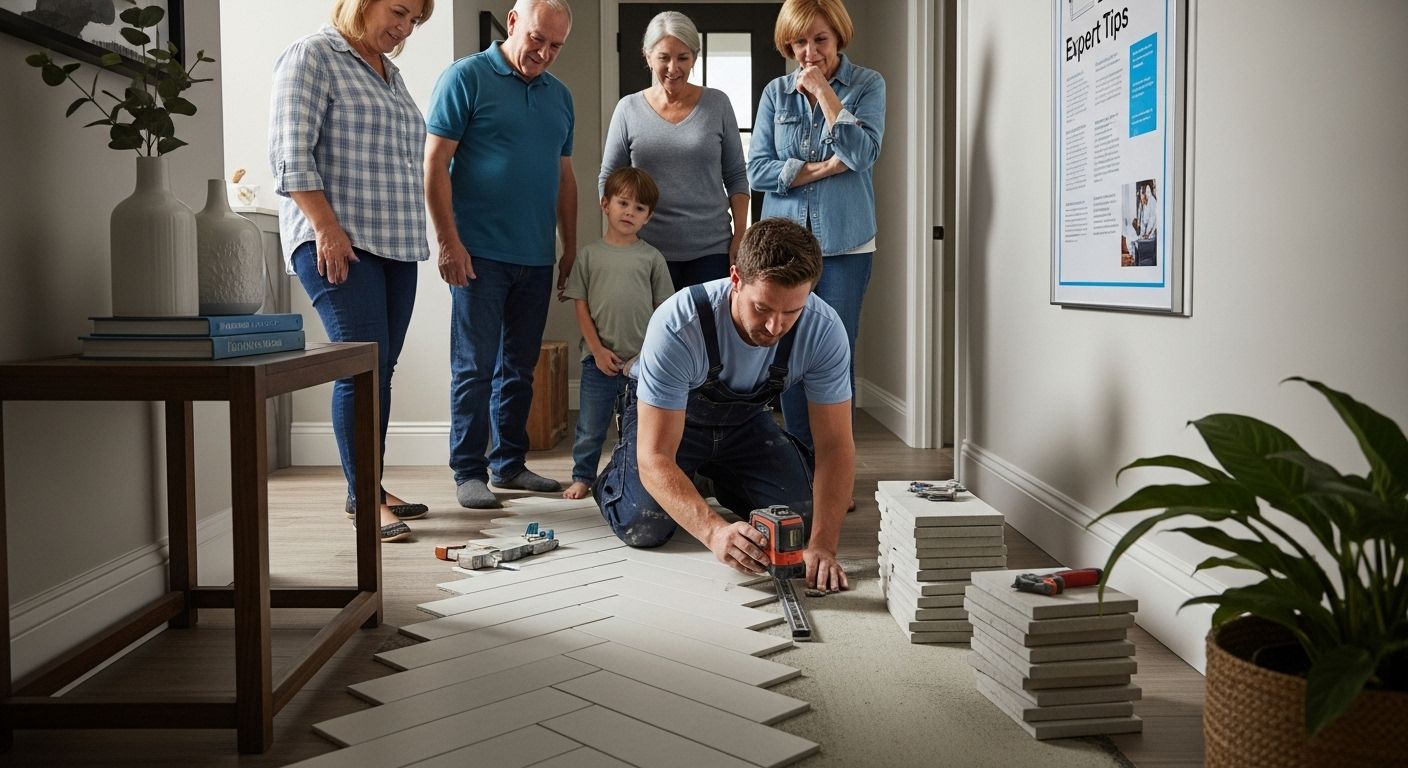
Frequently Asked Questions
What are the most popular modern tile patterns?
Popular modern tile patterns include herringbone, chevron, stacked, mosaic, diagonal, and large-format tiles. Each pattern offers unique visual dynamics and can enhance the aesthetics of various spaces.
How can I choose the right tile pattern for a small bathroom?
For small bathrooms, lighter patterns such as diagonal layouts or larger tiles with minimal grout lines can create an illusion of more space. Opting for tiles in soft colors can also enhance openness and brightness.
Do tile materials affect the pattern choice?
Yes, different tile materials like porcelain, ceramic, and natural stone each work better with specific patterns. For example, large-format porcelain tiles complement minimal patterns, while natural stone may require softer, less geometric arrangements to showcase their texture.
How important is professional installation for complex tile patterns?
Professional installation is crucial for complex tile patterns because it ensures precision and quality execution. Skilled installers can handle intricate designs effectively, preventing common issues like misalignment or uneven surfaces.
Transform Your Space With Bold, Modern Tile Patterns
You have just discovered how the right tile pattern can completely change the look and feel of your kitchen, bathroom or living area. Yet, achieving those dramatic geometric layouts or creating the illusion of more space is often held back by limited choices, confusing material options, and uncertainty about durability. Many readers want their spaces to feel larger, more stylish, and uniquely theirs, but struggle to find trustworthy tiles and support that match evolving trends. At TileChoices.com, you get access to a wide selection of high-quality ceramic, porcelain, natural stone, and glass tiles. We make it easy to explore, compare and sample the perfect patterns for your project, whether you are reimagining your bathroom with large-format tiles or designing a standout kitchen backsplash. With detailed product guides and design tips, you can avoid costly mistakes and feel confident about your selections.
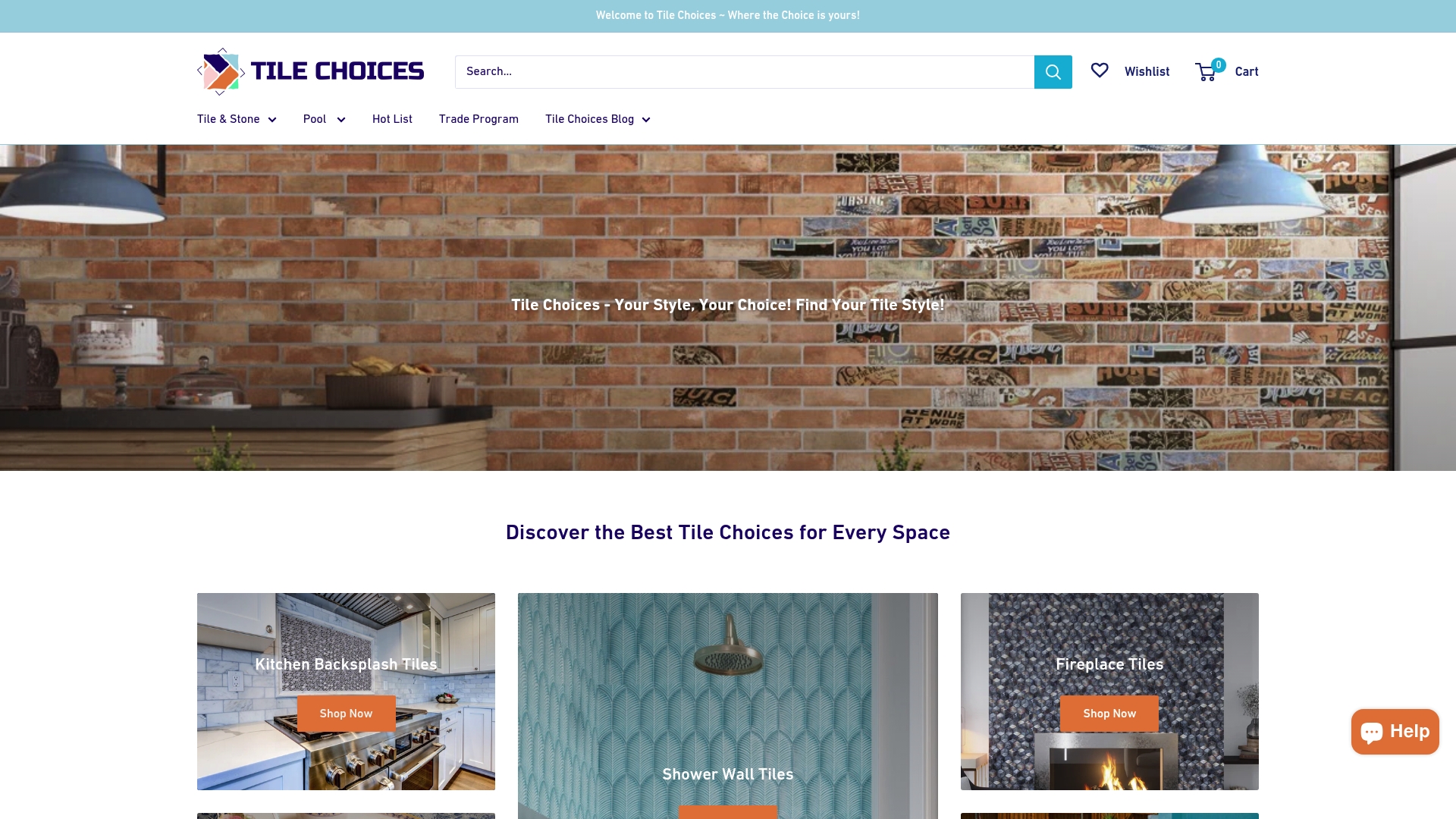
Ready to turn modern tile inspiration into a real transformation? Shop TileChoices.com today for stylish options and project guidance that will help you bring your favorite patterns from this article to life. Find your match, request samples, and start creating the beautiful, functional space you deserve.

